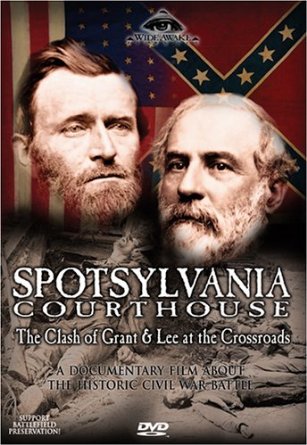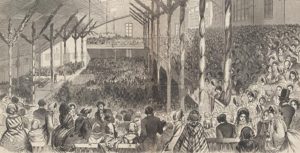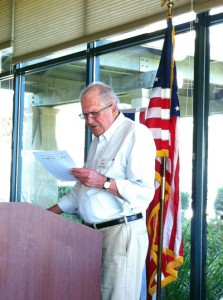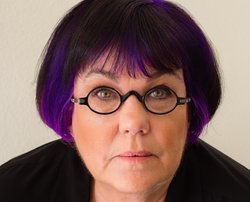Howard Jones on “George Washington and the Battle of Yorktown”
 Yorktown was the decisive battle of the war and it ultimately resulted in our independence.
Yorktown was the decisive battle of the war and it ultimately resulted in our independence.
The Revolutionary War was entering its fourth year. Somehow, General George Washington had managed to keep the Continental Army intact against superior British forces. Then in 1778, the Americans won a stunning victory at Saratoga. This victory was the War’s turning point.
The French had waited for such a victory before they would support the American cause. In 1780, some 6,000 French troops were landed at Newport, Rhode Island under the command of General Rochambeau. These forces would later unite with the Continental Army in New York. Washington had always believed that the War’s deciding battle would be fought in New York.
As the joint forces prepared to attack they received a message from the Marquis de Lafayette who commanded a small detachment of troops near Williamsburg, Virginia. General Lafayette told them that the army of General Charles Lord Cornwallis had gone into winter quarters in Yorktown. Lafayette believed that Cornwallis could be attacked and beaten at Yorktown. A victory at Yorktown might just end the war.
In 1781, Washington decided to attack! The presentation will detail the story of Washington’s 400 mile march from New York to Yorktown. It will describe the 20 day siege that ended with Cornwallis’ surrender. And finally, it will tell the story of the 1783 Treaty of Paris that guaranteed America’s freedom and independence.
Howard Jones is the immediate past Commander General of the Military Order of the Stars and Bars. Several years ago he was asked make a presentation to a fifth grade class about the Revolutionary War. He dressed as a Continental Soldier for the presentation and the kids loved it. Since that time he has given the same presentation dozens of times to both elementary school children and adult heritage groups.











